Home>Gardening & Outdoor>Outdoor Entertaining>How Much Space Do You Need Around A Fire Pit
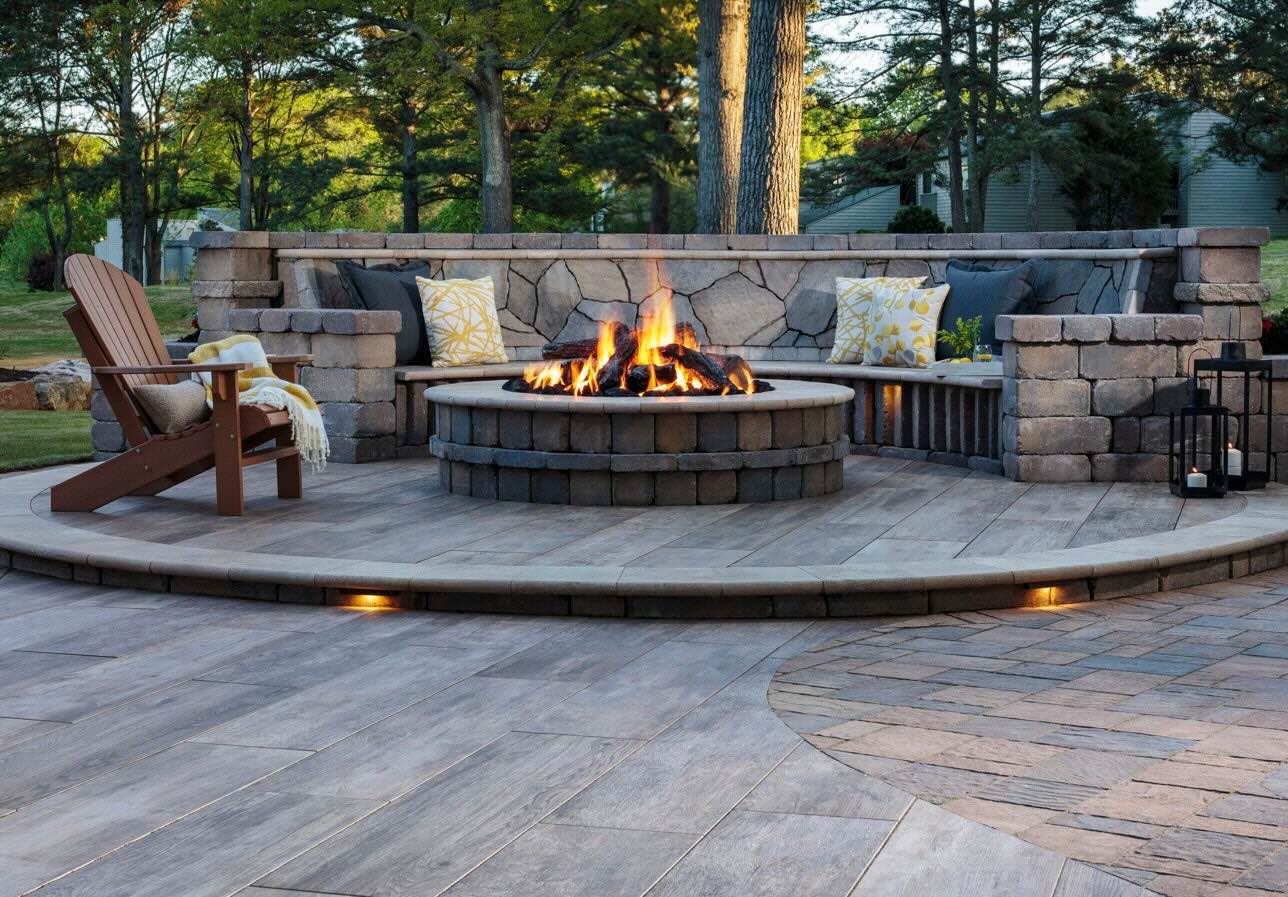

Outdoor Entertaining
How Much Space Do You Need Around A Fire Pit
Modified: August 22, 2024
Discover the ideal space required around a fire pit for safe and enjoyable outdoor entertaining. Find out how much room you need for your next gathering.
(Many of the links in this article redirect to a specific reviewed product. Your purchase of these products through affiliate links helps to generate commission for Storables.com, at no extra cost. Learn more)
Introduction
When it comes to outdoor entertaining, few things can rival the cozy ambiance and warmth provided by a crackling fire pit. Whether you're roasting marshmallows, sharing stories with friends, or simply basking in the mesmerizing glow, a fire pit can elevate your outdoor gatherings to unforgettable experiences. However, before you rush to set up your own outdoor fire feature, it's crucial to understand the space requirements for safety, comfort, and compliance with local regulations.
In this comprehensive guide, we'll delve into the essential considerations for determining the space needed around a fire pit. From safety precautions to optimizing the seating area, we'll explore the key factors that ensure a harmonious and secure outdoor fire pit setup. So, grab a seat, imagine the crackling of flames, and let's embark on this enlightening journey to create the perfect outdoor oasis.
Key Takeaways:
- Prioritize safety by maintaining a 3-foot clearance around your fire pit, using non-combustible ground, and having a spark guard. Always check local regulations and get necessary permits before installation.
- Choose the right size for your fire pit and seating area to create a cozy and inviting outdoor space. Consider ventilation to minimize smoke and maximize enjoyment.
Read more: What Do You Need For A Fire Pit
Safety Considerations
When designing your outdoor fire pit area, safety should be the foremost concern. Adequate space around the fire pit is crucial to prevent accidental burns and ensure that the flames remain contained. The National Fire Protection Association (NFPA) recommends a minimum clearance of 3 feet (or 1 meter) between the fire pit and any combustible materials, such as buildings, fences, overhanging branches, or outdoor furniture. This clearance helps minimize the risk of fire spreading to nearby structures and reduces the likelihood of sparks igniting flammable objects.
Moreover, consider the ground surface around the fire pit. It should be non-combustible and level to prevent the fire from spreading uncontrollably. Clear away any dry leaves, grass, or debris within the designated clearance area to create a safe buffer zone.
Another crucial safety measure is to install a spark guard or screen over the fire pit to contain embers and sparks. This additional barrier helps prevent stray sparks from escaping and potentially causing accidental fires. Additionally, always have a fire extinguisher, garden hose, or bucket of sand nearby to swiftly address any unexpected flare-ups.
By prioritizing safety and adhering to these guidelines, you can enjoy the allure of a fire pit while minimizing the associated risks, ensuring a secure and tranquil outdoor environment for all.
Local Regulations
Before embarking on the installation of a fire pit, it’s imperative to familiarize yourself with the local regulations and codes governing outdoor fire features. Municipalities and homeowners’ associations often have specific guidelines regarding the construction, placement, and usage of fire pits to ensure the safety and well-being of the community.
Local regulations may dictate the permissible fuel types for fire pits, such as natural gas, propane, or traditional wood-burning options. Additionally, there may be restrictions on the size and location of the fire pit in relation to property lines and structures. Some areas require obtaining a permit before installing a fire pit, especially for built-in or permanent designs.
Furthermore, certain regions have seasonal bans on outdoor burning, including the use of fire pits, during dry or windy conditions to prevent the risk of wildfires. It’s essential to stay informed about any temporary prohibitions and adhere to the designated periods for safe fire pit usage.
By familiarizing yourself with the local regulations, obtaining any necessary permits, and adhering to the prescribed guidelines, you can ensure compliance while enjoying the warmth and charm of a fire pit within the bounds of the law.
Fire Pit Size
Choosing the appropriate size for your fire pit is essential for creating a comfortable and inviting outdoor space. The dimensions of the fire pit should harmonize with the overall layout of your outdoor area, providing ample warmth and ambiance without overwhelming the surroundings.
For wood-burning fire pits, the diameter typically ranges from 36 to 44 inches, accommodating a moderate-sized fire while allowing for sufficient airflow. This size provides an intimate setting for socializing and roasting marshmallows, striking a balance between warmth and accessibility. Conversely, larger fire pits, with diameters exceeding 45 inches, are well-suited for expansive outdoor areas and gatherings, offering a more substantial focal point for entertainment.
When opting for a gas fire pit, the size can vary based on the available space and desired heat output. Gas fire pits come in a diverse range of dimensions, from compact tabletop designs to grandiose installations. Consider the primary function of the fire pit – whether it’s for decorative ambiance, practical heating, or a combination of both – to determine the most suitable size for your outdoor oasis.
Additionally, the height of the fire pit should be conducive to safe and comfortable use. The rim of the fire pit, when used for seating, should align with industry-recommended heights, typically ranging from 16 to 18 inches for optimal functionality and aesthetic appeal.
By carefully selecting the size of your fire pit, you can create a captivating focal point that complements your outdoor space, fostering memorable moments and a welcoming atmosphere for gatherings of all sizes.
When determining the space needed around a fire pit, it’s important to consider the size of the fire pit and the materials around it. A general rule of thumb is to have at least a 7-10 foot radius of clear space around the fire pit to ensure safety and prevent any potential hazards.
Seating Area
Creating a well-designed seating area around your fire pit is essential for fostering a convivial and comfortable outdoor environment. The arrangement of seating should encourage interaction, relaxation, and an unhindered view of the mesmerizing flames, ensuring that your outdoor space becomes a hub for cherished gatherings and shared experiences.
When determining the layout of the seating area, consider the size of your fire pit and the anticipated number of guests. Adaptable seating options, such as movable chairs, benches, and built-in stone or wooden ledges, offer flexibility and can accommodate varying group sizes. Ensure that the seating arrangement allows for easy access to the fire pit while maintaining a safe distance to prevent accidental contact with the flames or hot surfaces.
Moreover, incorporate elements of comfort and style into the seating area. Cushioned seating, throw pillows, and cozy blankets can enhance the ambiance and encourage prolonged enjoyment of the outdoor space, especially during cooler evenings. Additionally, strategic placement of seating to capitalize on scenic views or natural focal points can elevate the overall appeal of the area.
Furthermore, consider the versatility of the seating area for different activities. Whether it’s hosting lively conversations, enjoying quiet moments of reflection, or facilitating outdoor dining, the seating arrangement should be adaptable and conducive to diverse uses, catering to the preferences and comfort of your guests.
By thoughtfully designing the seating area around your fire pit, you can create an inviting and harmonious space that fosters meaningful connections, relaxation, and shared enjoyment of the captivating outdoor setting.
Read more: How Do You Light A Fire Pit
Ventilation and Airflow
Optimizing ventilation and airflow around your fire pit is crucial for promoting efficient combustion, minimizing smoke accumulation, and ensuring a pleasant outdoor environment for all. Adequate airflow not only contributes to the longevity of the fire but also diminishes the potential for smoke to linger and affect the comfort of your guests.
When selecting the location for your fire pit, take into account the prevailing wind patterns in your outdoor space. Positioning the fire pit in an area where the prevailing winds carry smoke away from the seating area can significantly enhance the overall experience. Additionally, consider the natural airflow within your outdoor space, as well as any potential obstructions that may impede the dispersion of smoke.
Furthermore, the design of the fire pit itself can influence airflow and ventilation. Open-pit designs and fire bowls allow for better air circulation, facilitating cleaner combustion and reduced smoke output. Additionally, incorporating a chimney or flue in the design of your fire pit can further enhance ventilation, directing smoke upward and away from the immediate seating area.
It’s also important to maintain the surrounding vegetation and landscaping to prevent potential obstructions to airflow. Trimming overhanging branches and foliage near the fire pit can mitigate the risk of smoke accumulation and enhance the overall ventilation of the outdoor space.
By conscientiously considering ventilation and airflow in the placement and design of your fire pit, you can create an inviting and comfortable outdoor setting where the mesmerizing flames take center stage, and the air remains fresh and enjoyable for all.
Conclusion
As you venture into the realm of outdoor entertaining and the allure of a captivating fire pit, it’s essential to embrace a holistic approach that prioritizes safety, comfort, and aesthetic harmony. By understanding the space requirements around a fire pit and carefully considering the key factors discussed in this guide, you can create an outdoor oasis that beckons with warmth, conviviality, and enchanting ambiance.
Remember, safety should always take precedence in the design and placement of your fire pit. Adhering to the recommended clearances, installing protective measures, and familiarizing yourself with local regulations are vital steps in ensuring a secure and compliant outdoor fire feature.
When determining the size of your fire pit and the layout of the seating area, strive to strike a balance between functionality and visual appeal. A well-proportioned fire pit, complemented by a thoughtfully arranged seating area, can become the focal point of your outdoor space, fostering cherished moments and convivial gatherings.
Finally, pay heed to the nuances of ventilation and airflow, as these elements can significantly impact the overall enjoyment of your outdoor fire pit. By optimizing airflow and considering natural ventilation patterns, you can create an inviting environment where the flames dance gracefully, and the air remains fresh and free of excessive smoke.
As you embark on this journey to create the perfect outdoor retreat, let your imagination intertwine with practical considerations, and embrace the transformative power of a well-planned fire pit. Whether it’s a serene evening with loved ones or a festive gathering under the stars, your fire pit can be the catalyst for unforgettable experiences and enduring memories in the great outdoors.
Frequently Asked Questions about How Much Space Do You Need Around A Fire Pit
Was this page helpful?
At Storables.com, we guarantee accurate and reliable information. Our content, validated by Expert Board Contributors, is crafted following stringent Editorial Policies. We're committed to providing you with well-researched, expert-backed insights for all your informational needs.
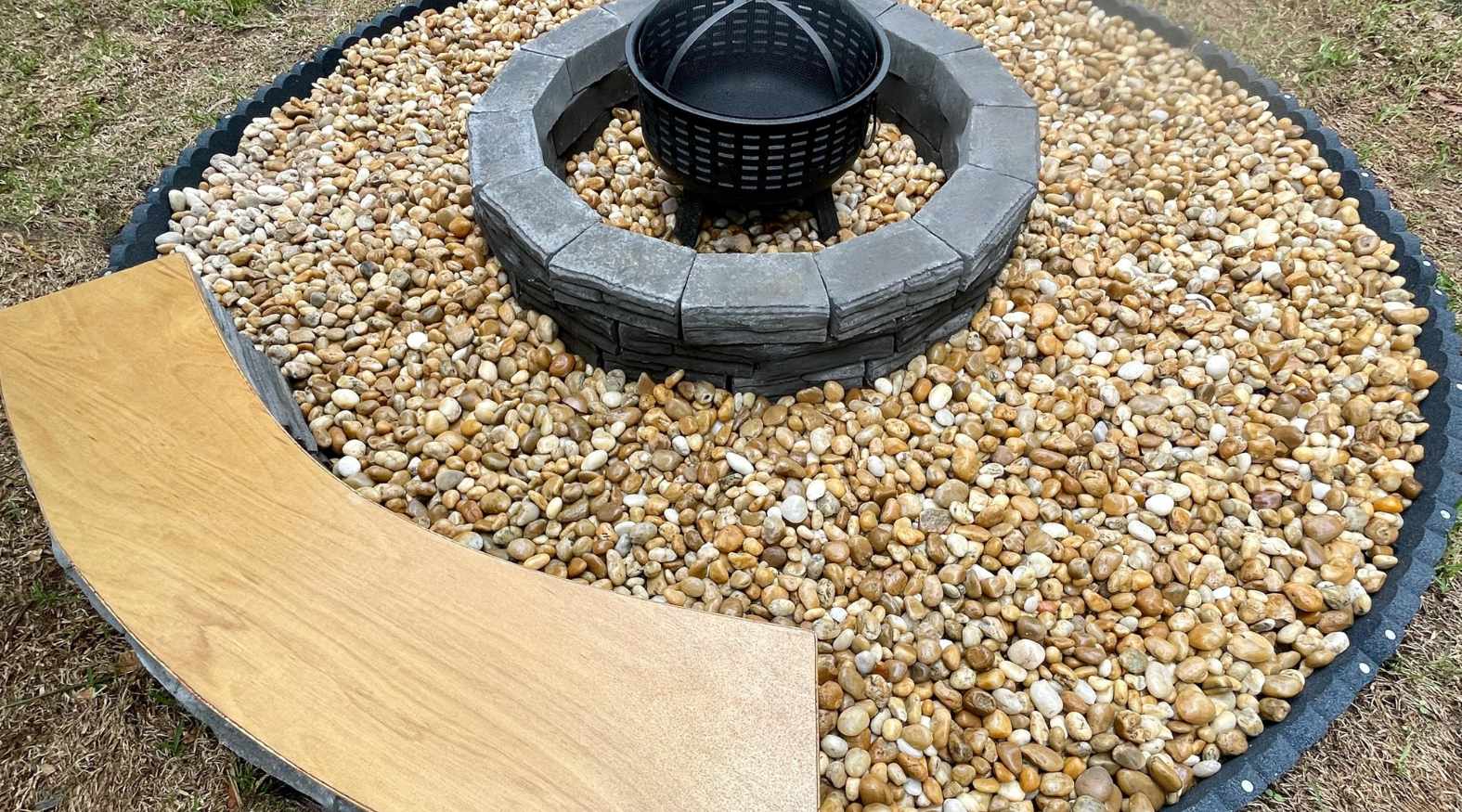
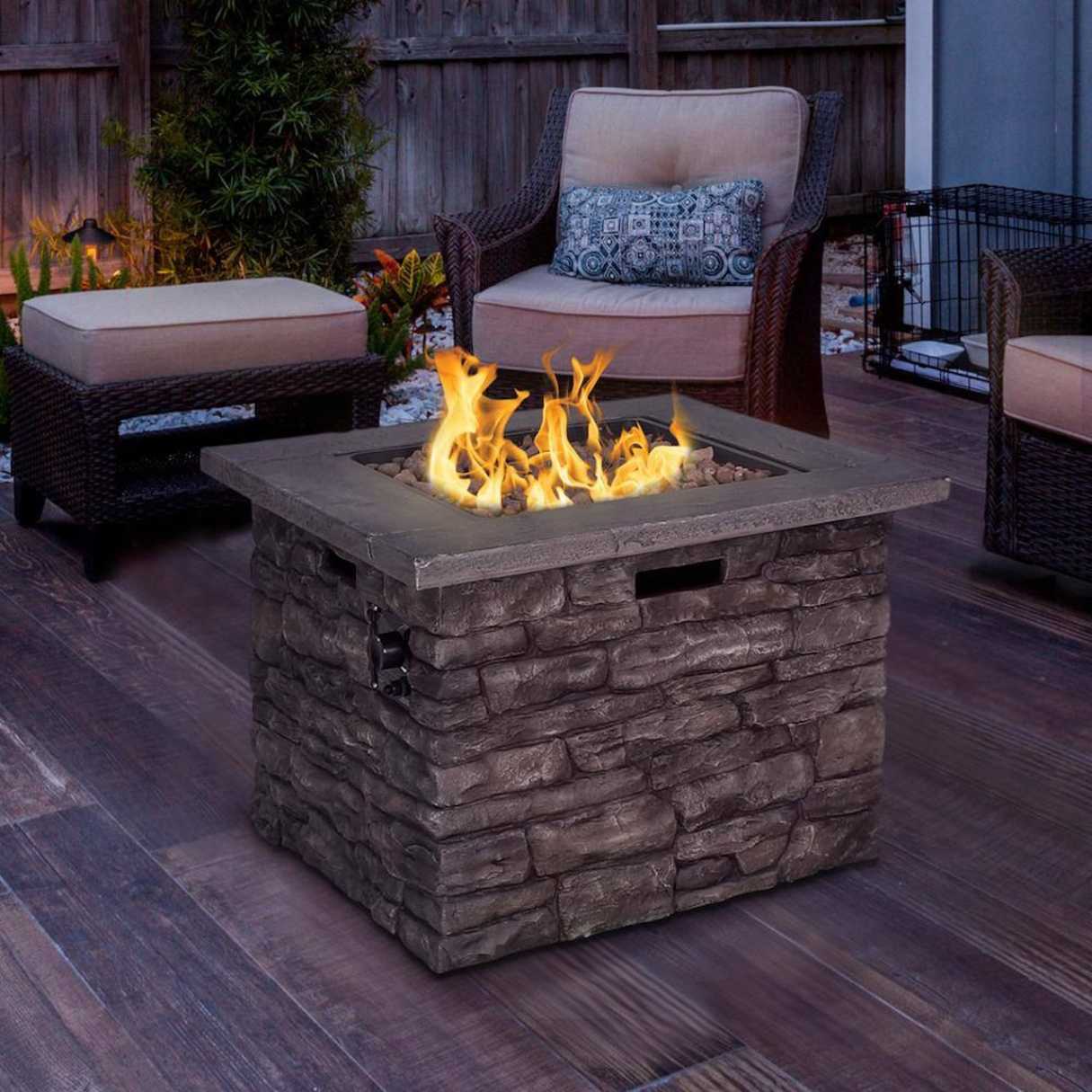
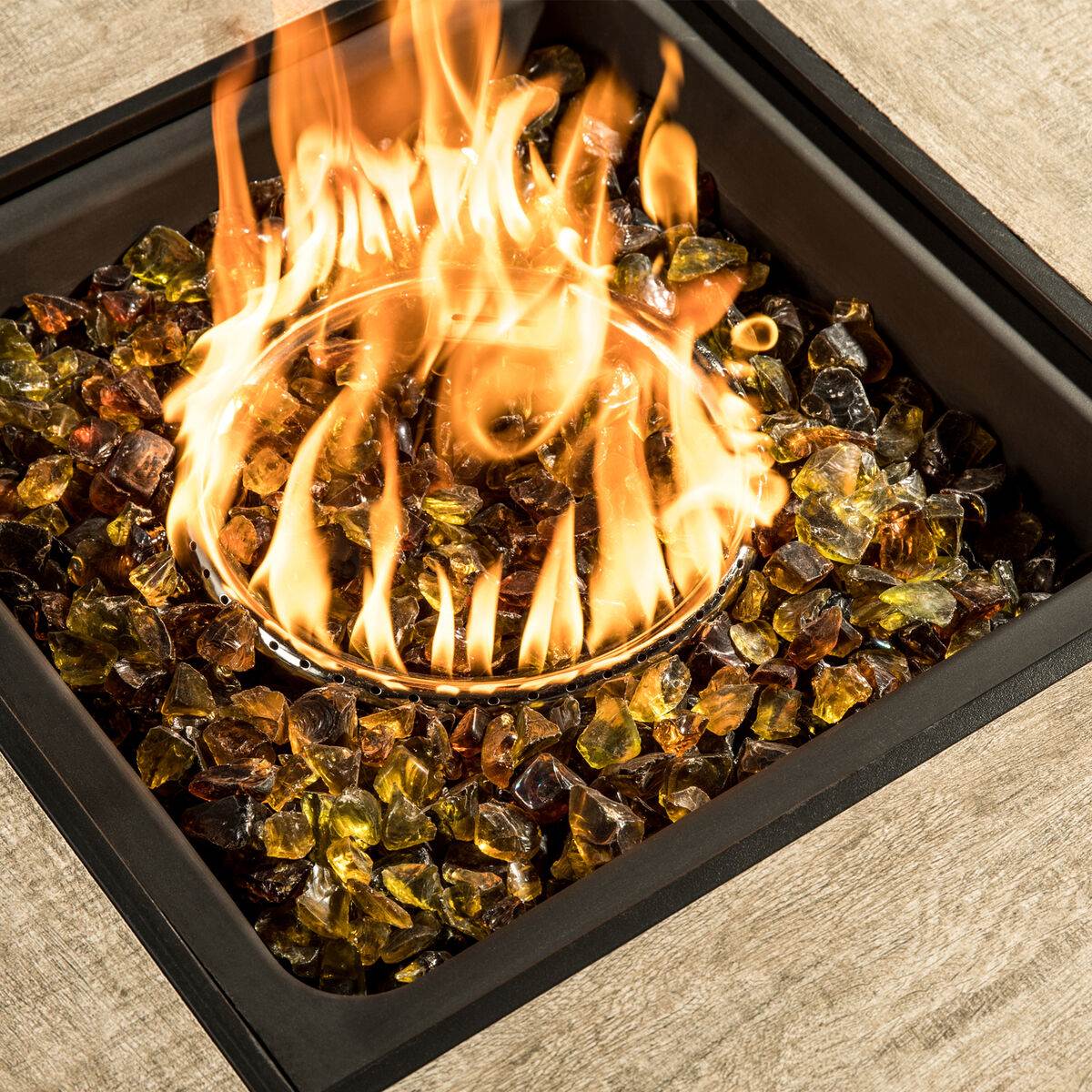
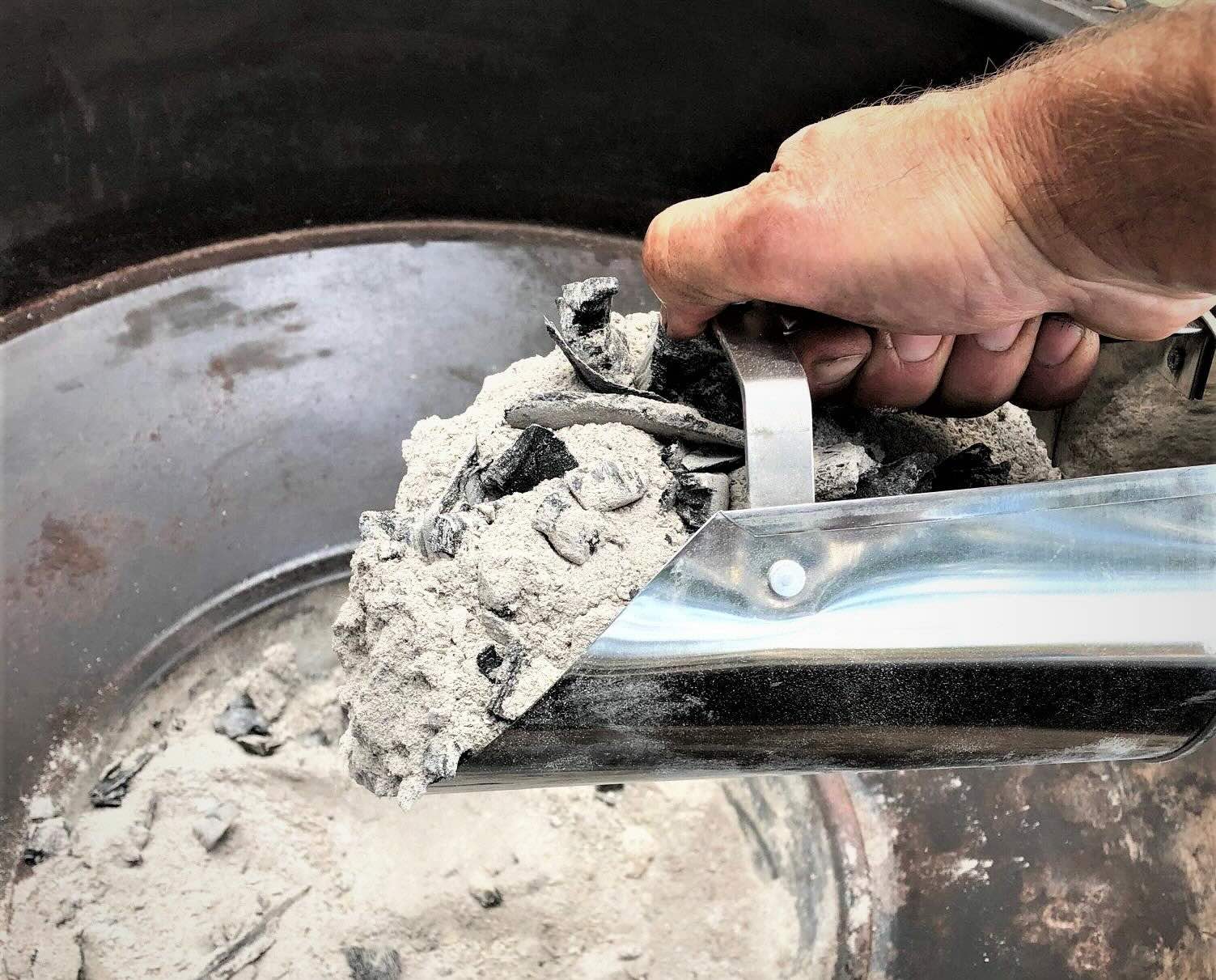
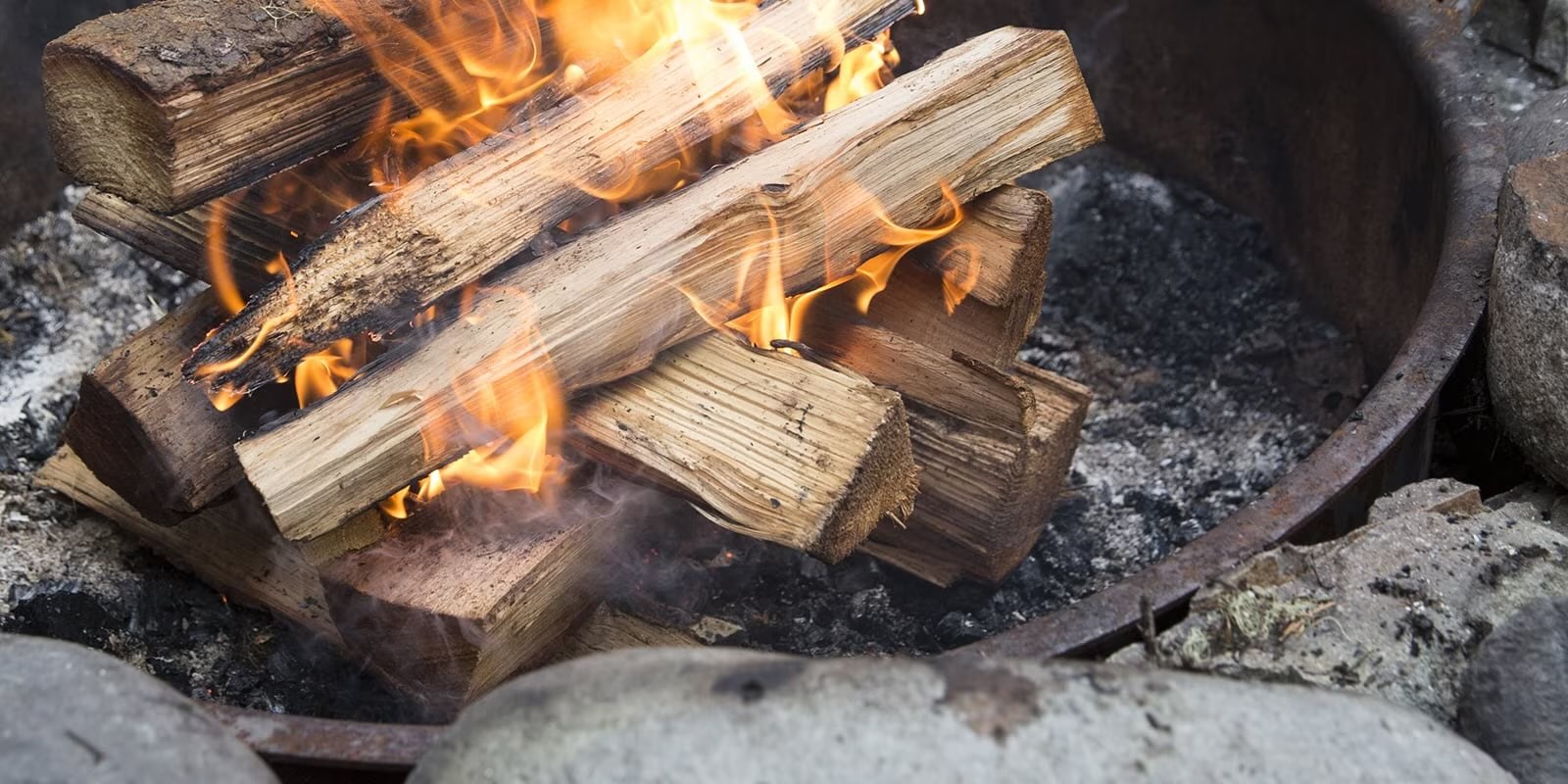
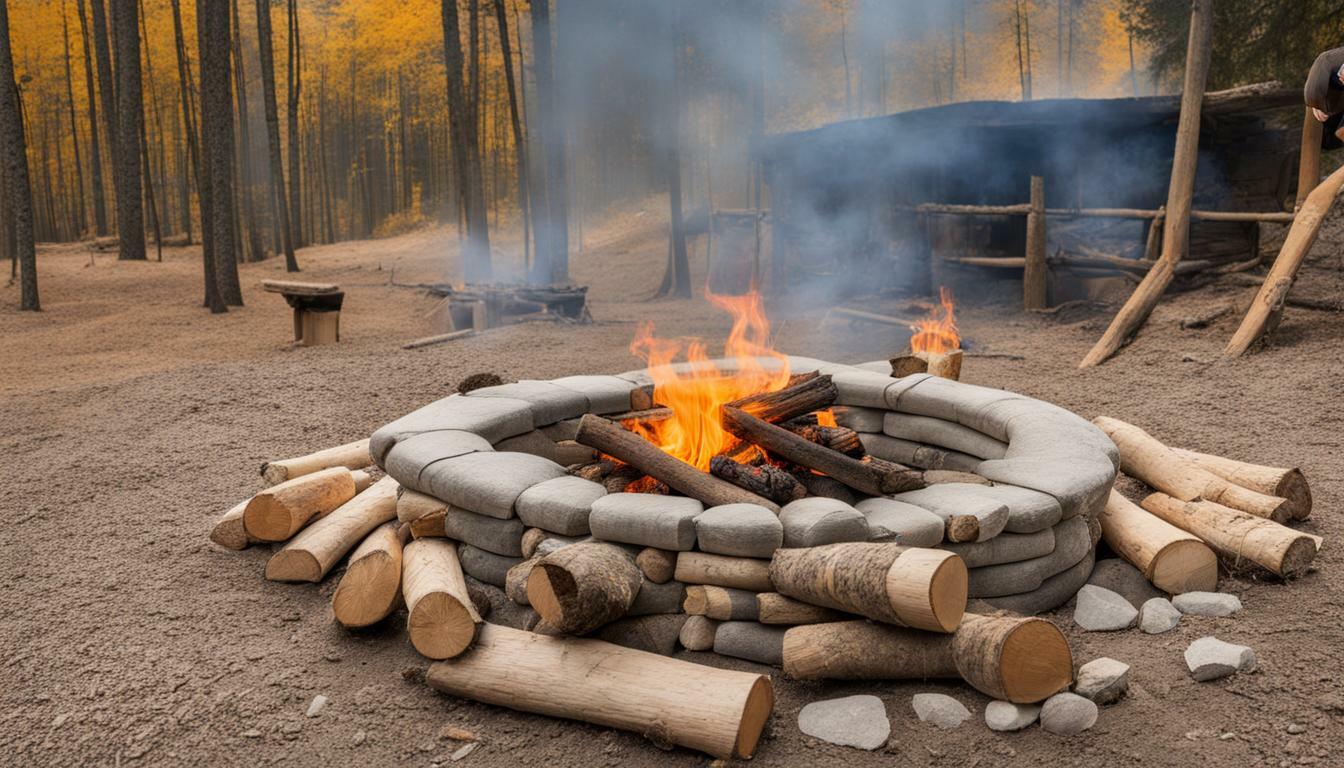
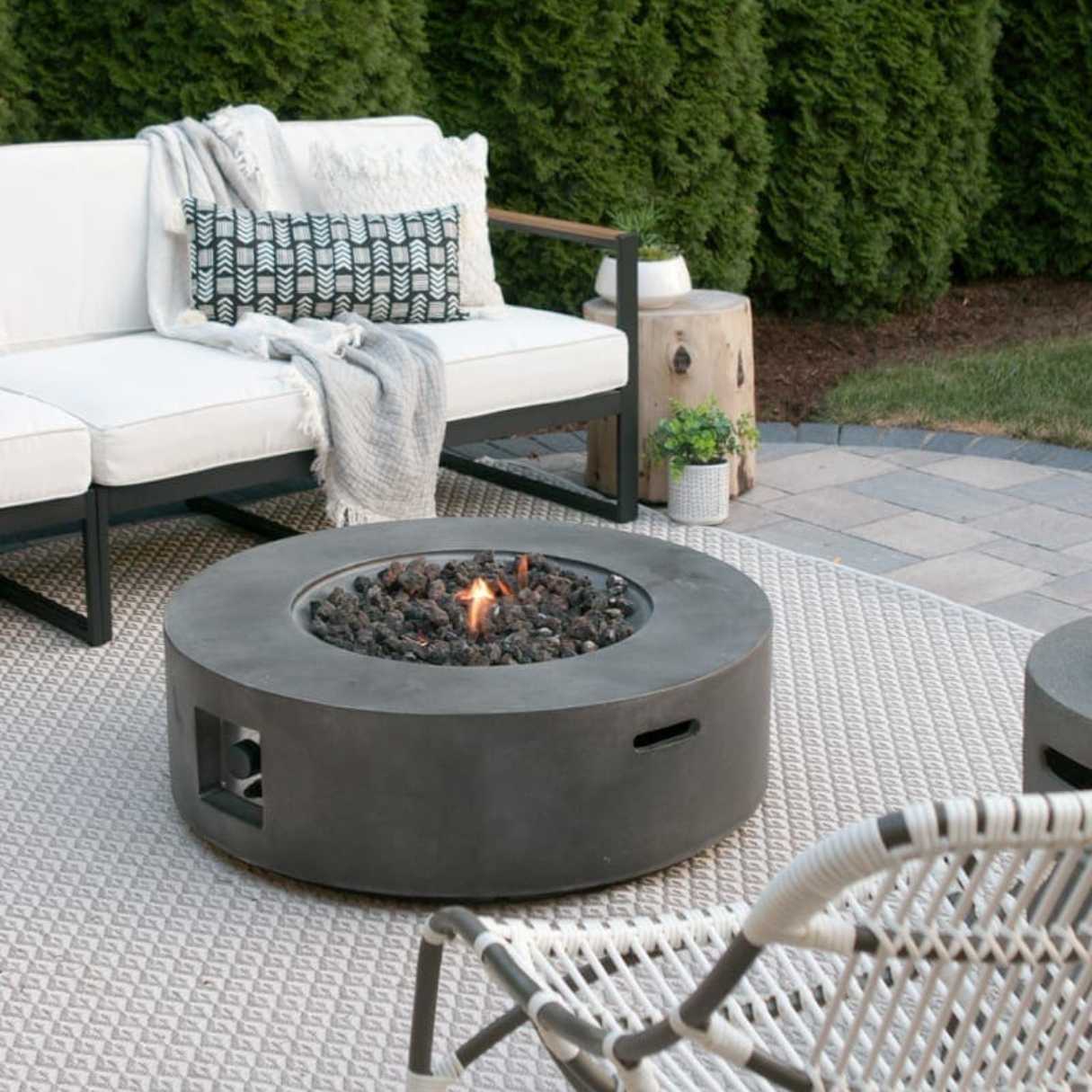
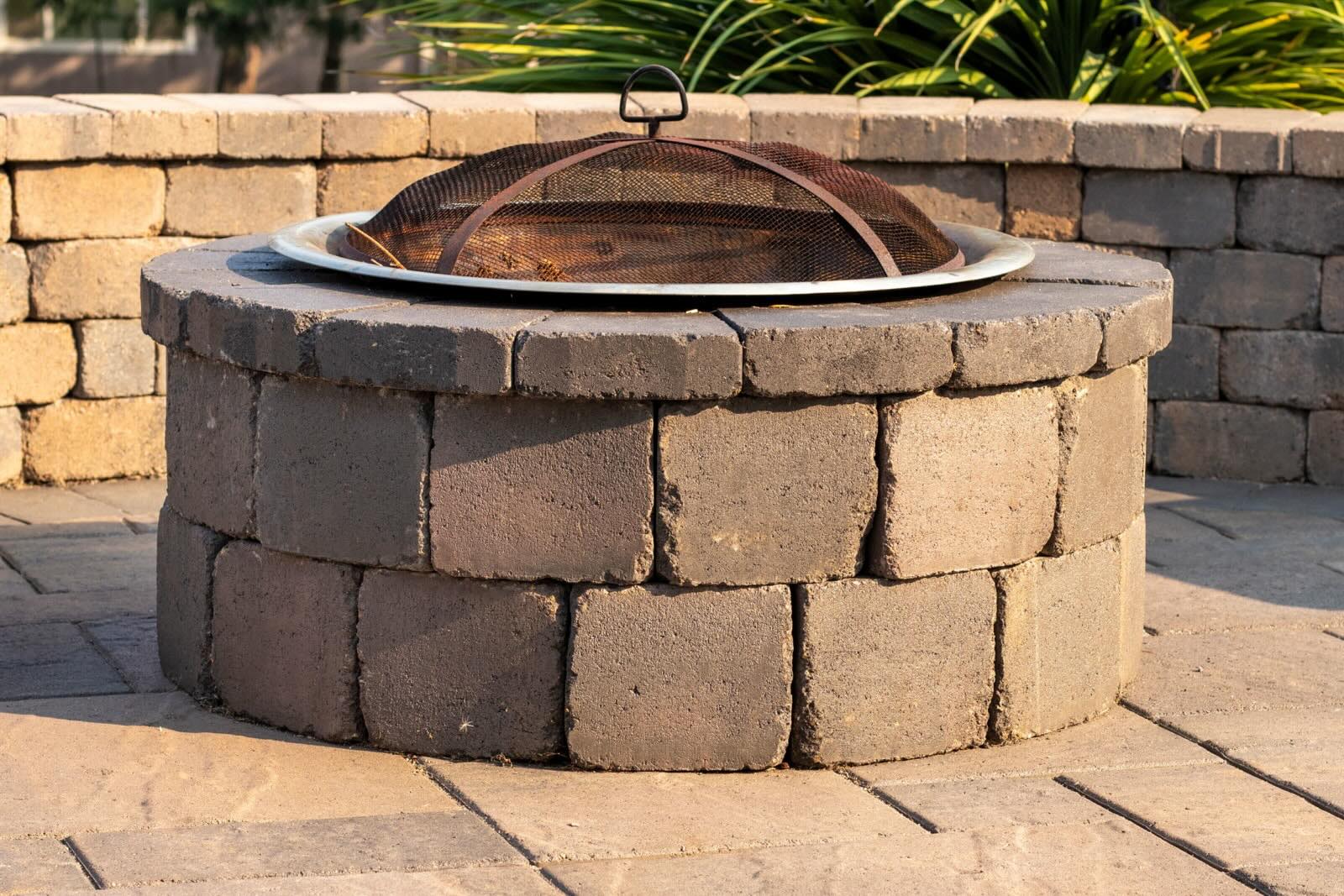




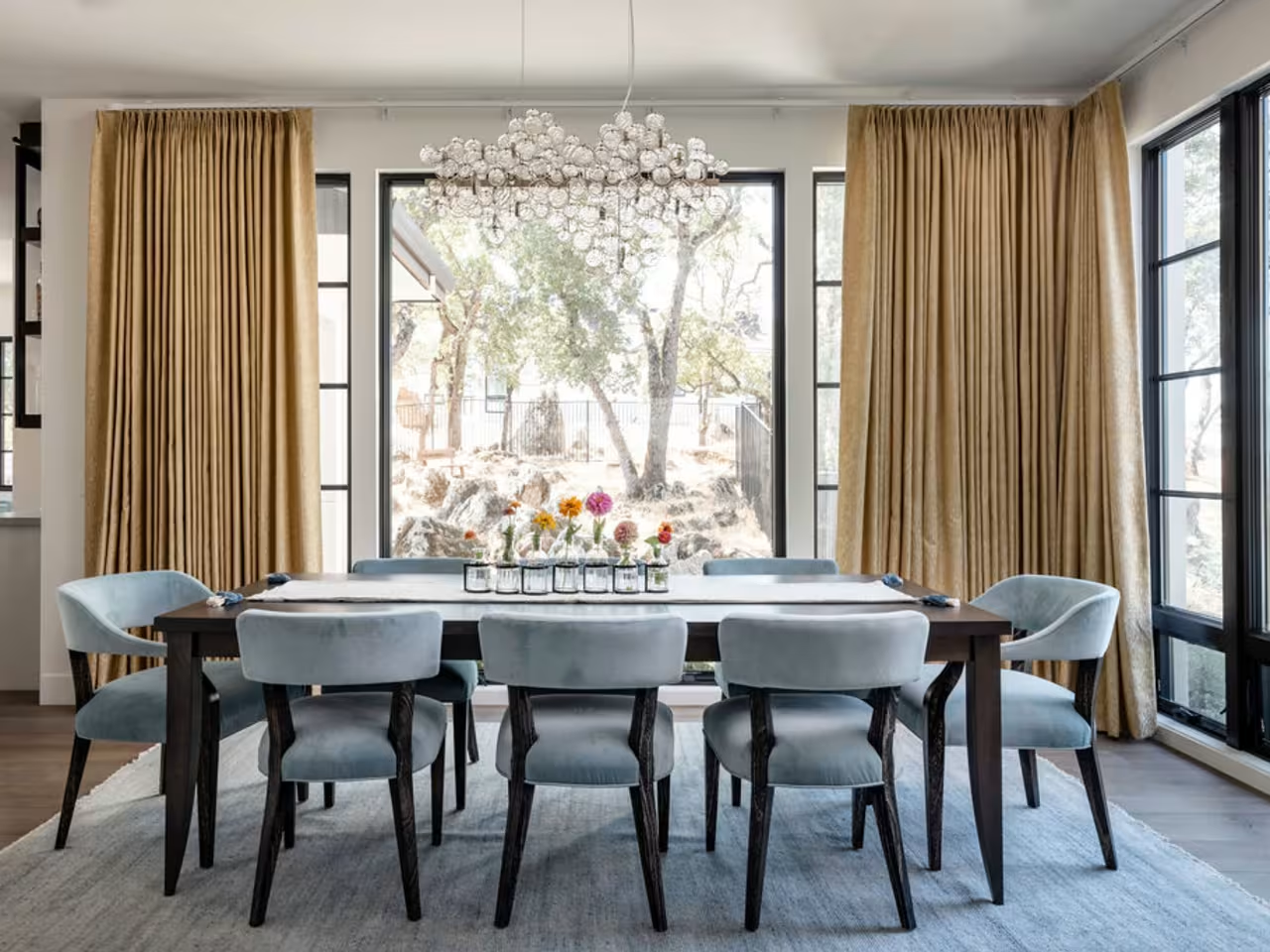
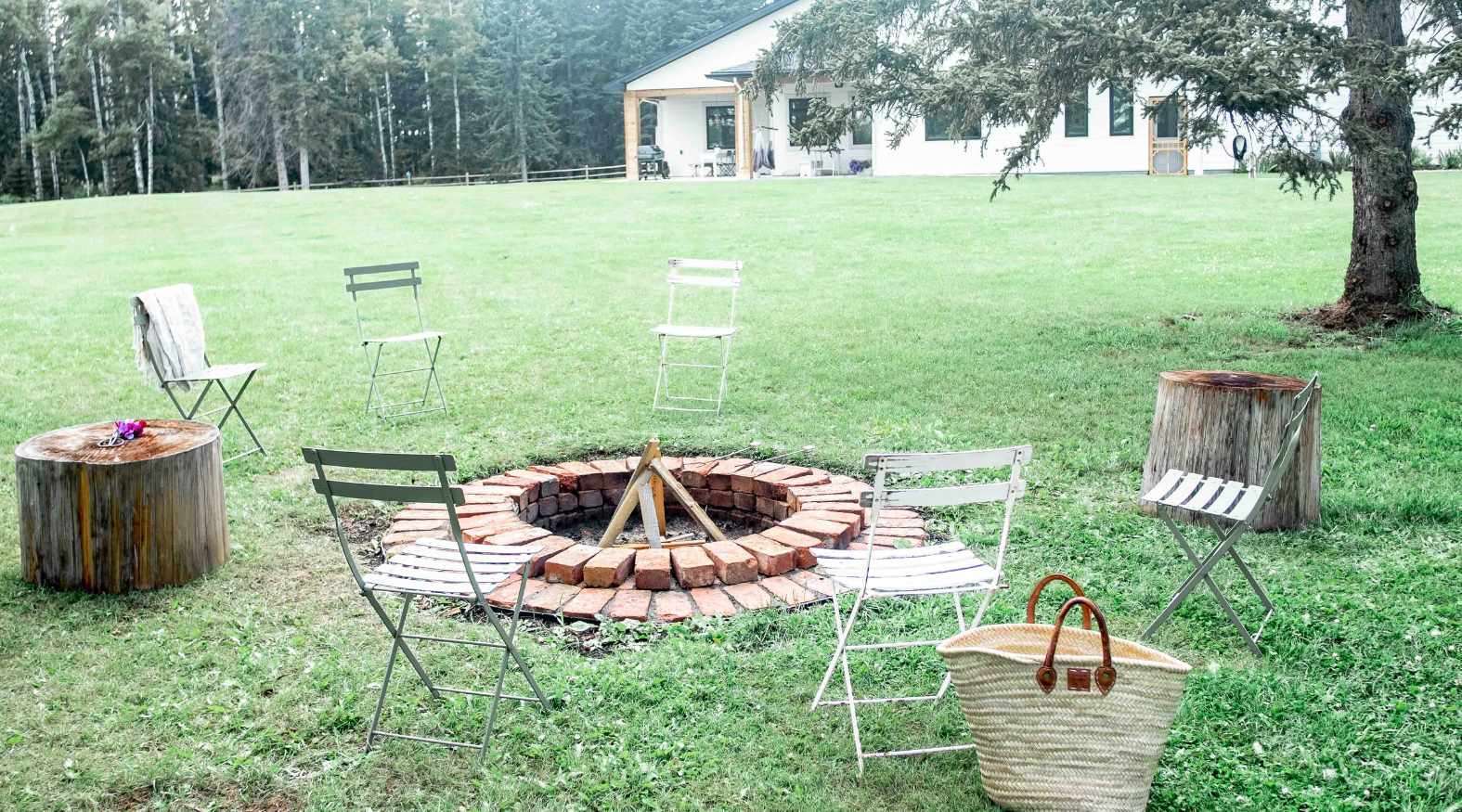

0 thoughts on “How Much Space Do You Need Around A Fire Pit”